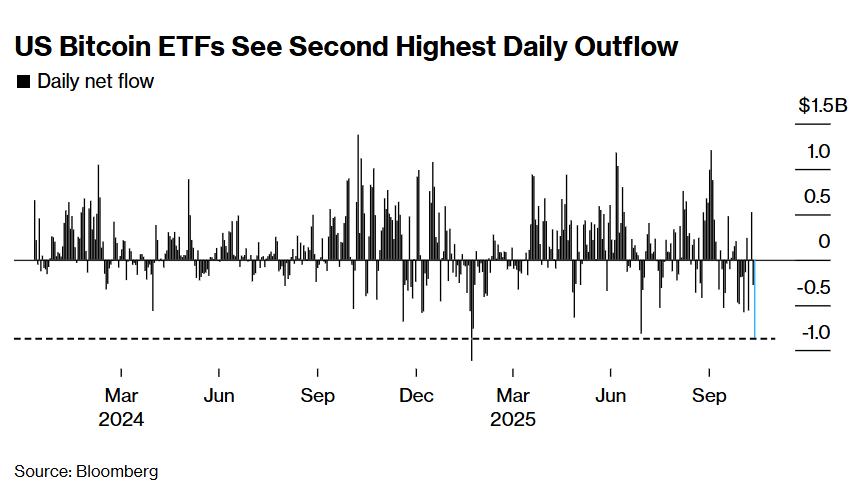Hong Kong’s Strategic Path to Becoming a Global Crypto Hub: Regulatory Agility and Token Listing Expansion as Key Investment Catalysts
- Hong Kong’s 2025 crypto strategy combines regulatory agility (e.g., 100% stablecoin reserves, LEAP framework) with tokenized assets (government bonds, RWAs) to attract global capital. - Tokenized RWA market is projected to grow from $25B to $600B by 2030, supported by tax incentives and institutional investments like LineKong’s $7.85M commitment. - Strategic advantages include proximity to China, Basel-aligned regulations, and initiatives like ASPIRe roadmap and Web3 Ideathon to build a skilled workforce
Hong Kong’s 2025 regulatory and market innovations have positioned it as a formidable contender in the global crypto arena. By combining a forward-thinking licensing framework with aggressive tokenization initiatives, the city is creating a fertile ground for institutional and retail investors alike. Two pillars underpin this strategy: regulatory agility and token listing expansion, both of which are catalyzing capital inflows and technological adoption.
Regulatory Agility: A Framework for Stability and Innovation
Hong Kong’s Stablecoins Ordinance, effective August 1, 2025, exemplifies its regulatory agility. The Hong Kong Monetary Authority (HKMA) now requires stablecoin issuers to maintain 100% reserve backing, hold a minimum capital of HK$25 million, and allow redemptions at par value within one business day [1]. These measures, part of the broader LEAP (Licensing, Enforcement, and Policy) framework, balance innovation with investor protection. For instance, the Ordinance mandates that stablecoin marketers targeting Hong Kong must also obtain HKMA licenses, ensuring transparency while attracting institutional players like Standard Chartered and Ant Group [1].
The Securities and Futures Commission (SFC) complements this with a robust licensing regime for virtual asset service providers (VASPs), including 11 authorized exchanges [1]. Notably, Hong Kong’s approach diverges from stricter models like Singapore’s offshore bans or the EU’s MiCAR framework, instead aligning with Basel standards to attract global capital [1]. This flexibility is further reinforced by Policy Statement 2.0, which outlines plans for tokenized government bonds, precious metals, and renewable energy assets [1].
Token Listing Expansion: Beyond RWAs and ETFs
Hong Kong’s tokenization strategy extends far beyond real-world assets (RWAs) and exchange-traded funds (ETFs). The city is pioneering tokenized government bonds, precious metals, and even green bonds, creating a diversified portfolio for investors [1]. For example, Fosun International and LineKong have already committed significant capital to tokenized assets, signaling growing institutional confidence [4].
The market potential is staggering: tokenized RWAs are projected to grow from $25 billion in 2025 to $600 billion by 2030 [1]. This expansion is supported by tax incentives, including stamp duty waivers for tokenized ETFs and potential concessions for other digital asset transactions [5]. Additionally, the government’s “ASPIRe” roadmap—focusing on access, safeguards, products, infrastructure, and relationships—aims to streamline compliance and expand offerings for professional investors [3].
Competitive Advantages and Investor Appeal
Hong Kong’s strategic location, regulatory clarity, and proximity to mainland China’s vast market give it a unique edge. Unlike the U.S. or UAE, which face fragmented or nascent regulatory environments, Hong Kong offers a cohesive framework that aligns with global standards [1]. This is evident in its cross-border collaboration efforts and the establishment of the Stablecoin Review Tribunal, which provides dispute resolution mechanisms [1].
Moreover, initiatives like the Hong Kong Web3 Ideathon and the Technology Talent Admission Scheme are cultivating a skilled workforce, further solidifying the city’s ecosystem [1]. Institutional validation is also growing: over 10 Hong Kong-listed companies raised $1.5 billion in July 2025 to fund crypto initiatives, including blockchain payment infrastructure and stablecoin ventures [1].
Conclusion: A Strategic Gateway for Global Capital
Hong Kong’s dual focus on regulatory agility and token listing expansion is not merely a response to market trends but a calculated strategy to dominate the digital asset landscape. By addressing risks through reserve requirements and AML measures while fostering innovation via tokenization, the city is creating a balanced ecosystem that appeals to both risk-averse institutions and tech-savvy investors. As the RWA market surges and tax incentives take effect, Hong Kong’s crypto hub ambitions are no longer aspirational—they are actionable.
Source:
[1] Hong Kong's Crypto Regulatory Evolution: A Strategic Window for Early Investors
[2] Hong Kong's Stablecoin Bill: Key Amendments and Next Steps Following Legislative Passage
[3] SFC unveils new roadmap for further development of Hong Kong’s virtual assets regulatory framework
[4] Hong Kong's Institutional Crypto Adoption: LineKong's $7.85M Move Catalyst Regional Growth
[5] Hong Kong's Digital Asset Policy 2.0: The "LEAP" Framework
Disclaimer: The content of this article solely reflects the author's opinion and does not represent the platform in any capacity. This article is not intended to serve as a reference for making investment decisions.
You may also like
As economic cracks deepen, bitcoin may become the next liquidity "release valve"
The US economy is showing a divided state, with financial markets booming while the real economy is declining. The manufacturing PMI continues to contract, yet the stock market is rising due to concentrated profits in technology and financial companies, resulting in balance sheet inflation. Monetary policy struggles to benefit the real economy, and fiscal policy faces difficulties. The market structure leads to low capital efficiency, widening the gap between rich and poor and increasing social discontent. Cryptocurrency is seen as a relief valve, offering open financial opportunities. The economic cycle oscillates between policy adjustments and market reactions, lacking substantial recovery. Summary generated by Mars AI. The accuracy and completeness of this summary are still being iteratively updated by the Mars AI model.

The wave of cryptocurrency liquidations continues! US Bitcoin ETF sees second highest single-day outflow in history
Due to the reassessment of Federal Reserve rate cut expectations and the fading rebound of the U.S. stock market, the crypto market continues to experience liquidations, with significant ETF capital outflows and options traders increasing bets on volatility. Institutions warn that technical support for bitcoin above $90,000 is weak.

When traditional financial markets fail, will the crypto industry become a "pressure relief valve" for liquidity?
As long as the system continues to recycle debt into asset bubbles, we will not see a true recovery—only a slow stagnation masked by rising nominal figures.

A Quiet End to 2025 Could Prime Crypto for a 2026 Breakout, Analysts Say
